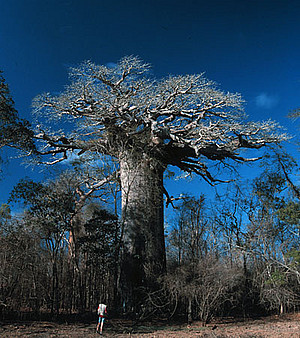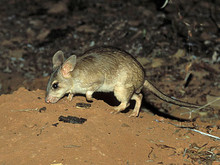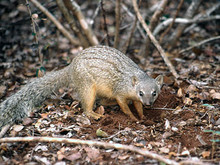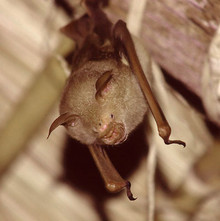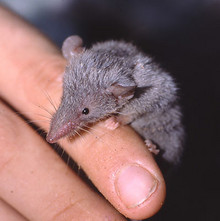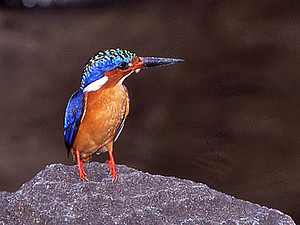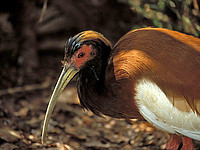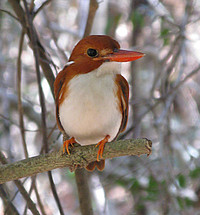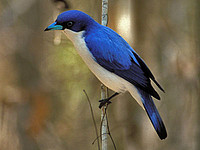Biodiversity
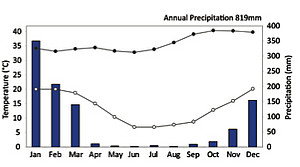
The climate in western Madagascar is characterized by strong seasonality with a dry season from April to October and a rainy season between November and March.
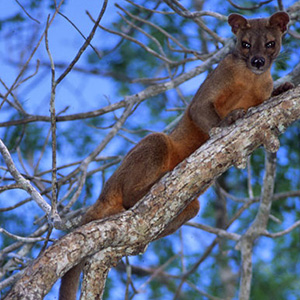 | Kirindy Forest harbors some 23 mammalian species other than lemurs: 3 species of endemic rodents, 2 species of endemic carnivors, 8 species of endemic tenrecs, and 14 species of about bats. Characteristic species are the fossa (Cryptoprocta ferox), the largest carnivore of Madagascar, the Bokiboky (Mungotictis decemlineata), another mongoose, and the island's largest rodent, the giant jumping rat (Hypogeomys antimena). |
Kirindy Forest has a manifold fauna of reptiles and amphibians with some 45 species of chameleons, leguans, gekkos, skinks, snakes and turtles, and 4 amphibian families with 15 species, 6 of which are endemic to the region. Kirindy highlights include Labord's chameleon (Furcifer labordi), the leaf-tailed gekko (Uroplatus guentheri), the Madagascar long-nosed snake (Langaha madagascariensis), and the endemic turtle Pyxis planicauda. |
Threats
Madagascar’s unique ecosystems have been under considerable pressure for many years, principally from habitat destruction caused by human activities. The main threats are slash-and-burn agriculture and logging (for charcoal or construction wood). The practice of cutting forest to clear for either grazing or cultivation increased dramatically in the 1980's and again in the 2010's, during times of political instability. Conservation International identified this region as one of the two areas of highest conservation priority in Madagascar. Research by the DPZ revealed that the destruction of intact forest structure is causing a considerable loss of biodiversity and habitat at annual rates of about 4.4%. Habitat loss is predominately caused by slash-and-burn agriculture (tavy), legal and illegal logging and animal hunting for subsistence. At this rate, intact forest would be destroyed within the next 20 years. |

